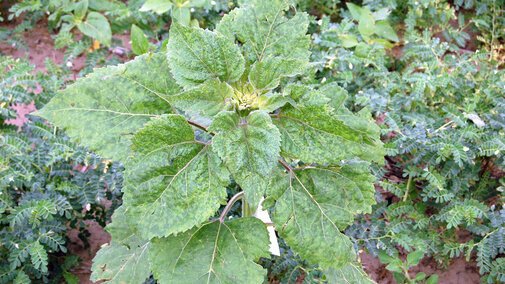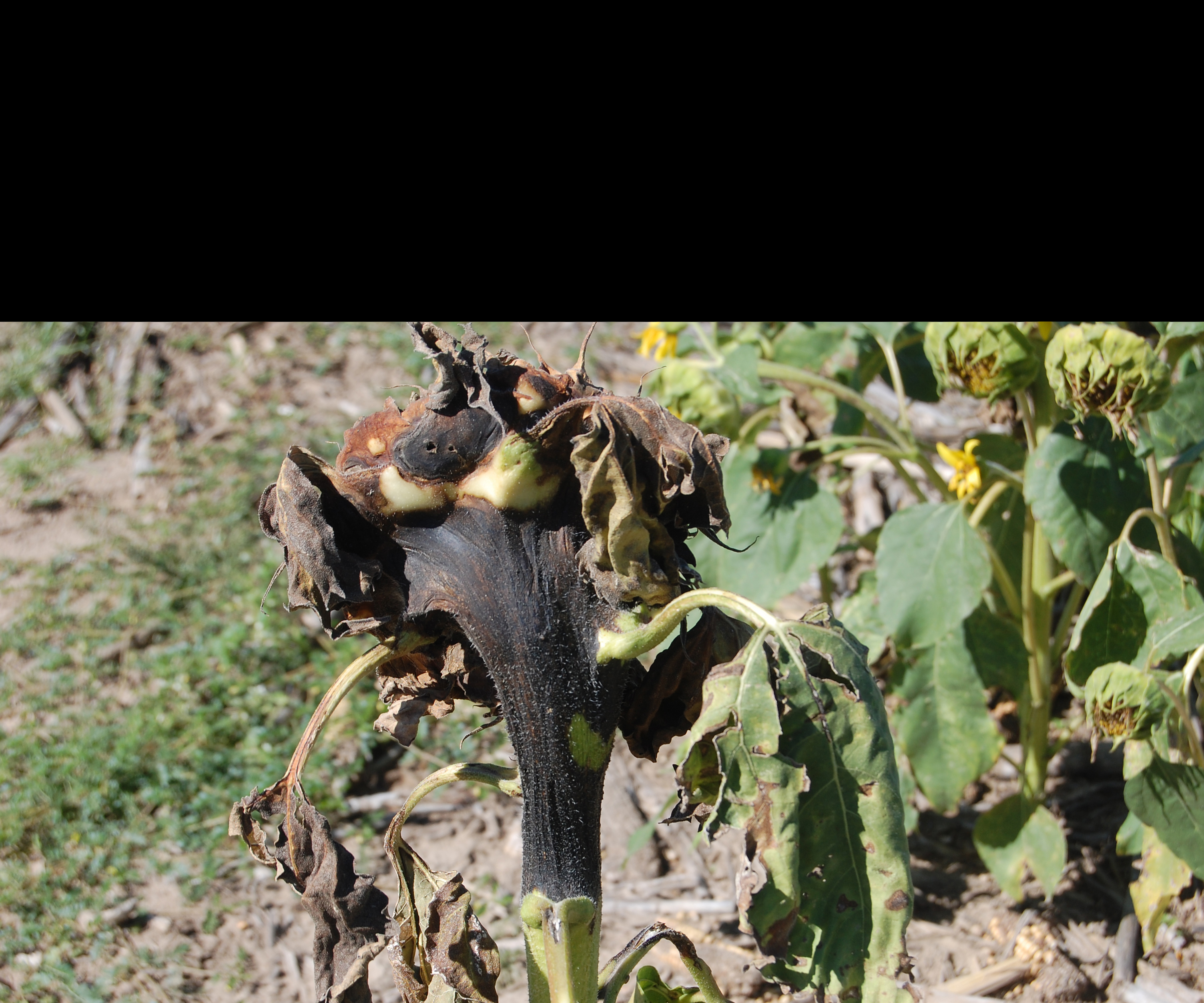Sunflower production in Nebraska and other areas of the Central High Plains (Colorado and Wyoming) has been increasing during recent years due, in part, to the establishment of oil and confectionery seed industries in local markets. Sunflower is well adapted to this region and can be successfully cultivated in both dry land and irrigated areas. Thus it has it has become a significant part of the Nebraska crop production over the past 15 years. Nebraska currently ranks 6th or 7th in production acres in the U.S. (alternating with Texas in acres), averaging about 50,000 acres per year. In 2005, a high of 96,000 acres were planted.
As would be expected, the increase in production acreage also increases the potential for disease problems. This is further compounded by the presence of native sunflower plants that occur as weeds and may serve as reservoirs for disease-causing pathogens and insects.
Diseases of sunflowers include those caused by fungi, bacteria, viruses, and nematodes, fortunately fewer that a dozen consistently cause serious economic damage worldwide. Most diseases commonly affecting sunflowers in this region are caused by fungi, and are generally more severe in irrigated production.
Contact:
Bob Harveson
Extension Plant Pathologist
Focus: Dry bean, Sugarbeet and Sunflower
(308) 632-1239
rharveson2@unl.edu
Faculty Bio


